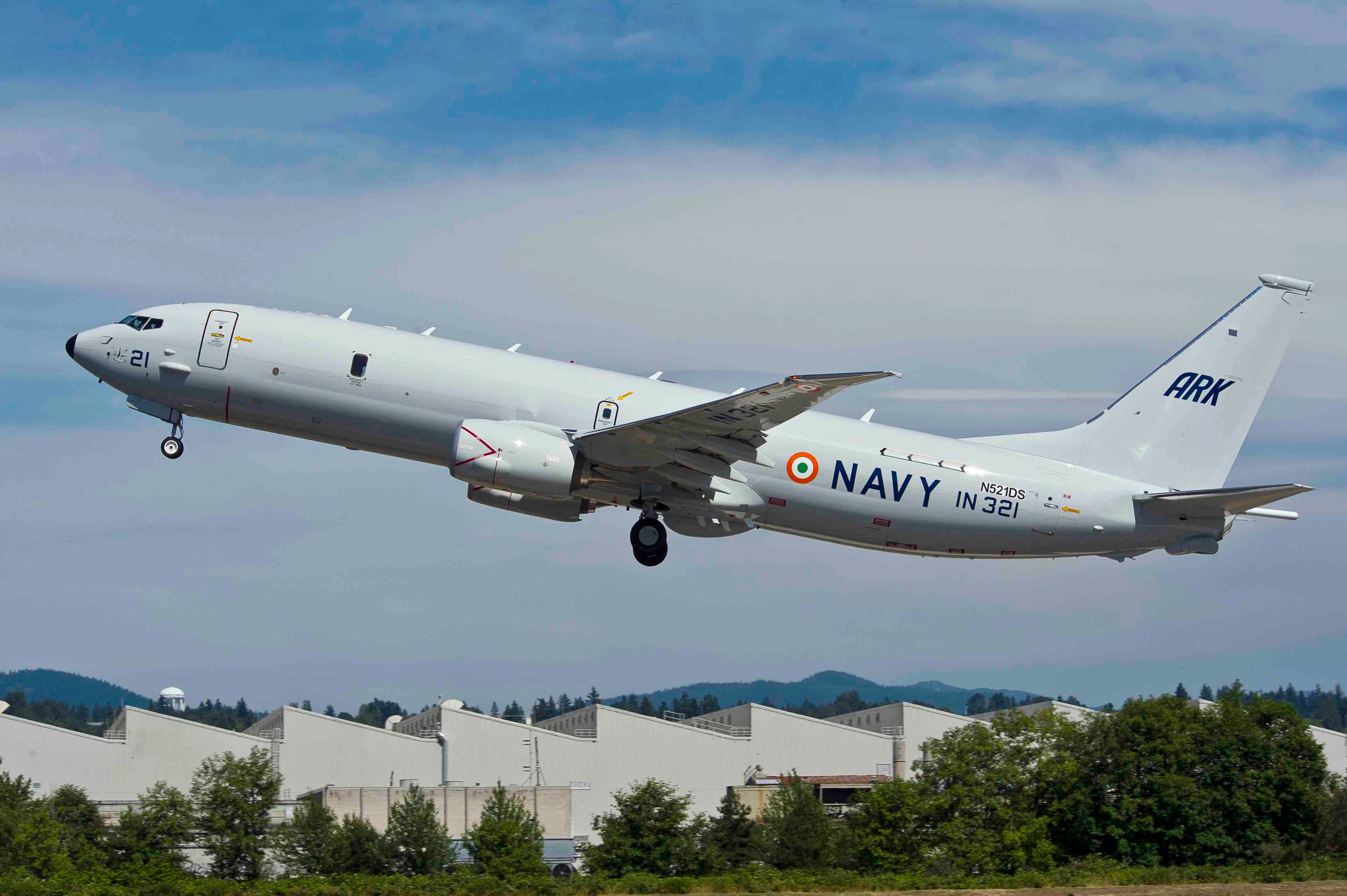Indian Naval Air Squadron 316 (INAS 316), the naval force's second group outfitted with four Boeing P-8I airplane, was charged into the Indian Navy in Goa on Tuesday.
INAS 316 has been dedicated "Condors", after one of the biggest flying area birds with a gigantic wingspan, superb tactile abilities and strong claws that represent the airplane's capacities. The new unit's badge portrays a 'Condor' looking over the huge blue field of the ocean.
The Indian Navy's most memorable P-8I group was set up with eight airplanes at INS Rajali in Arakkonam, Tamil Nadu, in November 2015. India was the primary worldwide client for the P-8I in January 2009, when it marked an agreement with Boeing for eight P-8I for $2.17 billion, as per a Comptroller and Auditor General report.
The P-8 is likewise worked by the US Navy, the Royal Australian Air Force, the UK's Royal Air Force and the Royal Norwegian Air Force.
In 2016, India's Ministry of Defense (MoD) contracted for four more P-8Is under a choices provision in the primary agreement. These airplanes have been working from INS Hansa since their conveyance in December 2021.
The authorizing function in Goa was tended to by the maritime boss, Admiral R Hari Kumar, who expressed: "India is the 'Favored Security Partner' in the Indian Ocean locale (IOR). This mirrors our country's capacity to assume a compelling key part in the district, and the need to extend its functional reach."
The Boeing P-8I Poseidon airplane that INAS 316 will work is a long-range oceanic observation against submarine fighting (LRMR ASW) airplane, that is outfitted with a scope of air-to-transport rockets and torpedoes.
The airplane, broadly recognized to be the world's most lethal LRMR-ASW airplane. It is a subordinate of the Boeing 737-800 aircraft, fitted with a plenty of sensors and weaponry, that make it is a strong stage for oceanic observation and strike, electronic fighting missions, search and salvage and giving focusing on information to other weapon stages. It is additionally the foundation of decision for recognizing and killing hostile ships and submarines in Indian Ocean Region.
P-8I Poseidons play had a significant influence in the two-year deadlock on the Ladakh line with the People's Liberation Army (PLA), covertly inspecting Chinese positions and getting PLA arrangements in back regions.
The airplane's sensors incorporate a Raytheon multi-mode radar to identify airplane, surface ships, and submarines, while another stomach mounted radar seems to be an electronic back view reflect. A 'attractive peculiarity identifier' on the P-8I's tail distinguishes submarines from the attractive field that huge masses of metal (like submarine structures) make.
Unfriendly submarines, once recognized, are obliterated by ready Harpoon rockets or Mark 54 torpedoes. Then again, the objectives are 'given on' carefully to agreeable warships, or submarines, which complete the task.
Throughout the long term and during joint maritime activities, for example, Exercise Malabar, Indian P-8I groups have created joint drills and correspondence conventions with their unfamiliar partners that empower them to make a quick and deadly move against threatening warships and submarines.
To upgrade this interoperability, India has finished up joint concurrences with accomplice nations, like the US. These incorporate the Communications Compatibility and Security Agreement (COMCASA) and Basic Exchange and Cooperation Agreement for geospatial co-activity (BECA).
INAS 316 is told by Commander Amit Mohapatra, a Boeing P-8I pilot with broad functional experience.





No comments:
Post a Comment